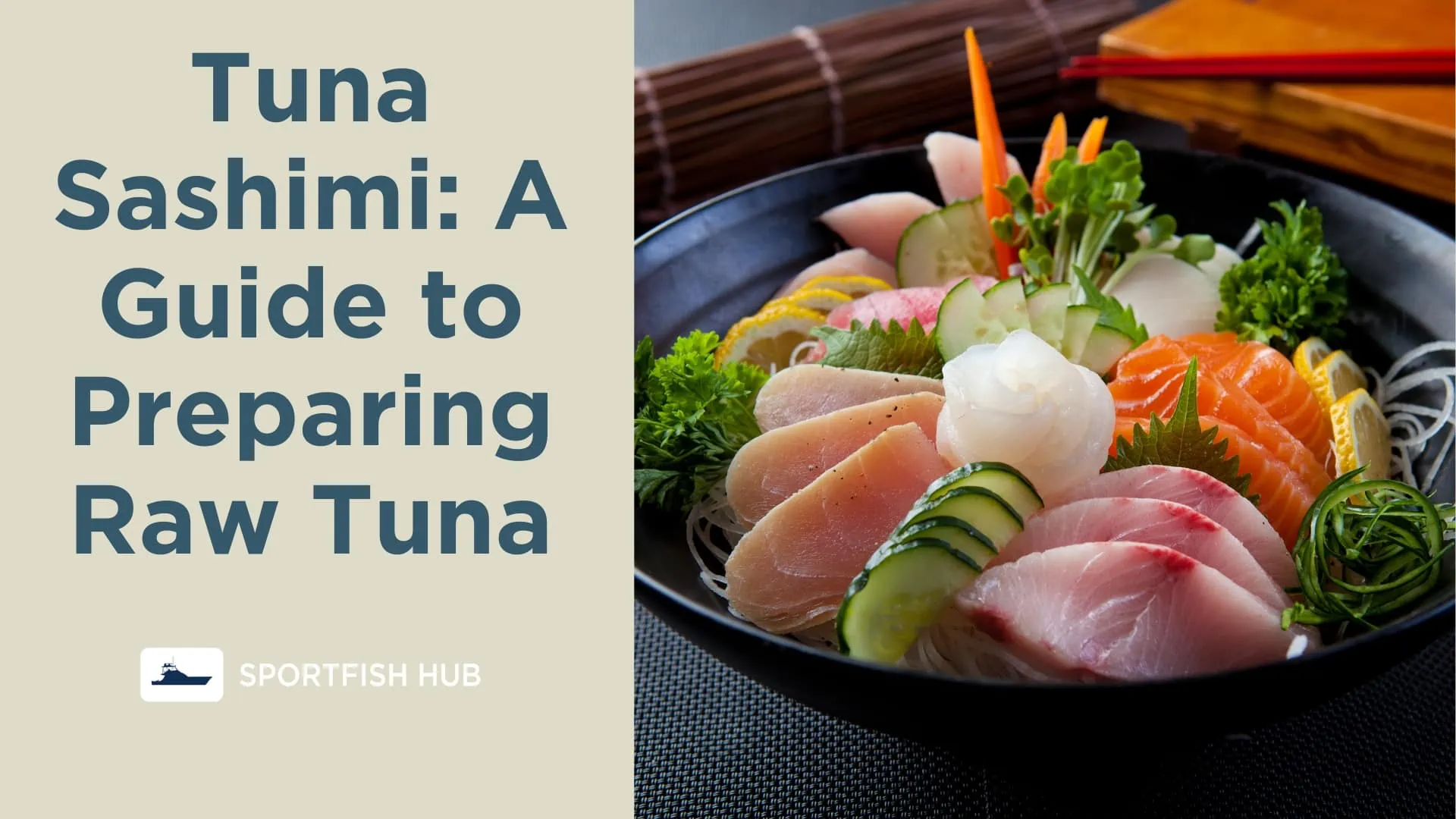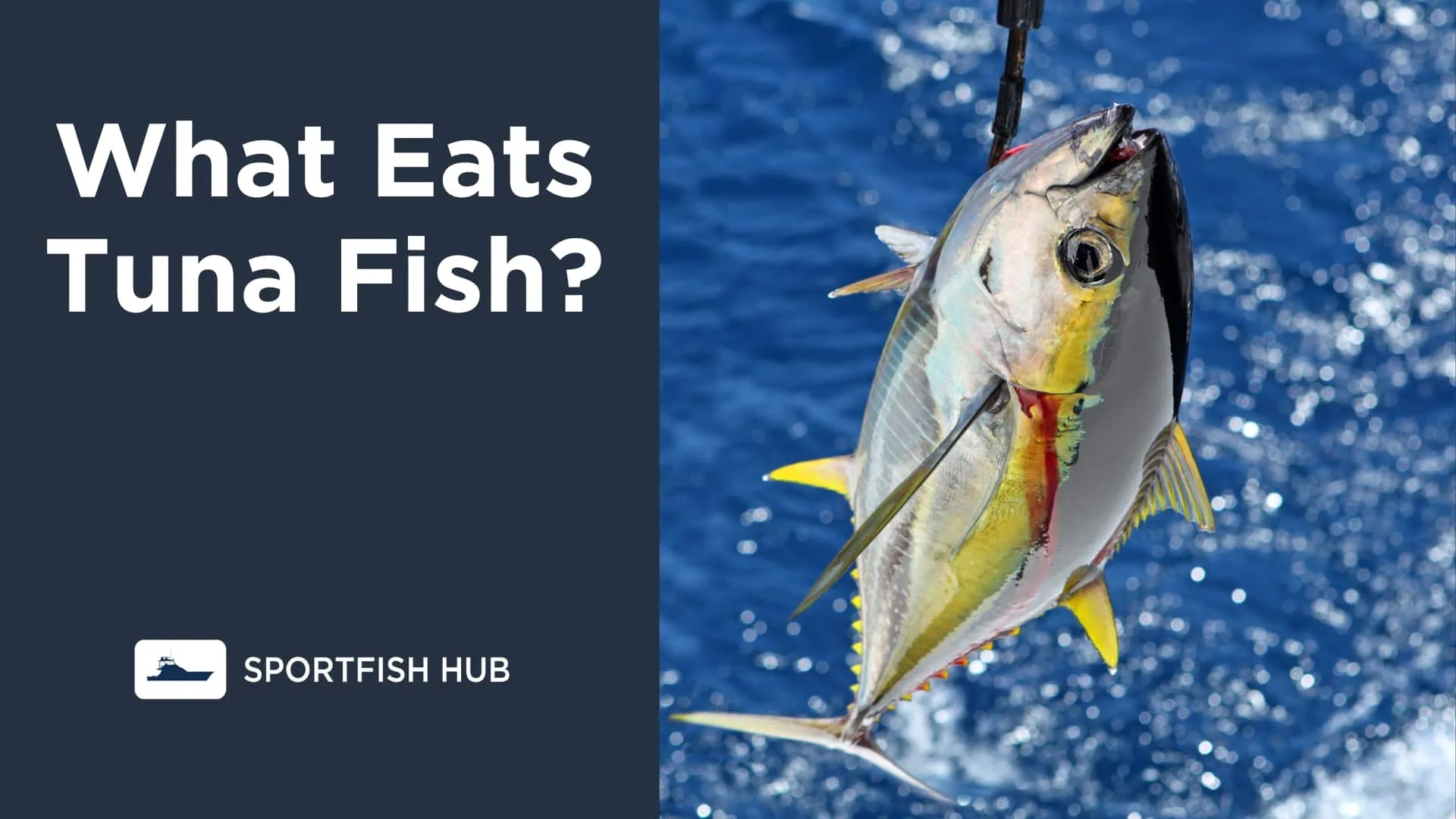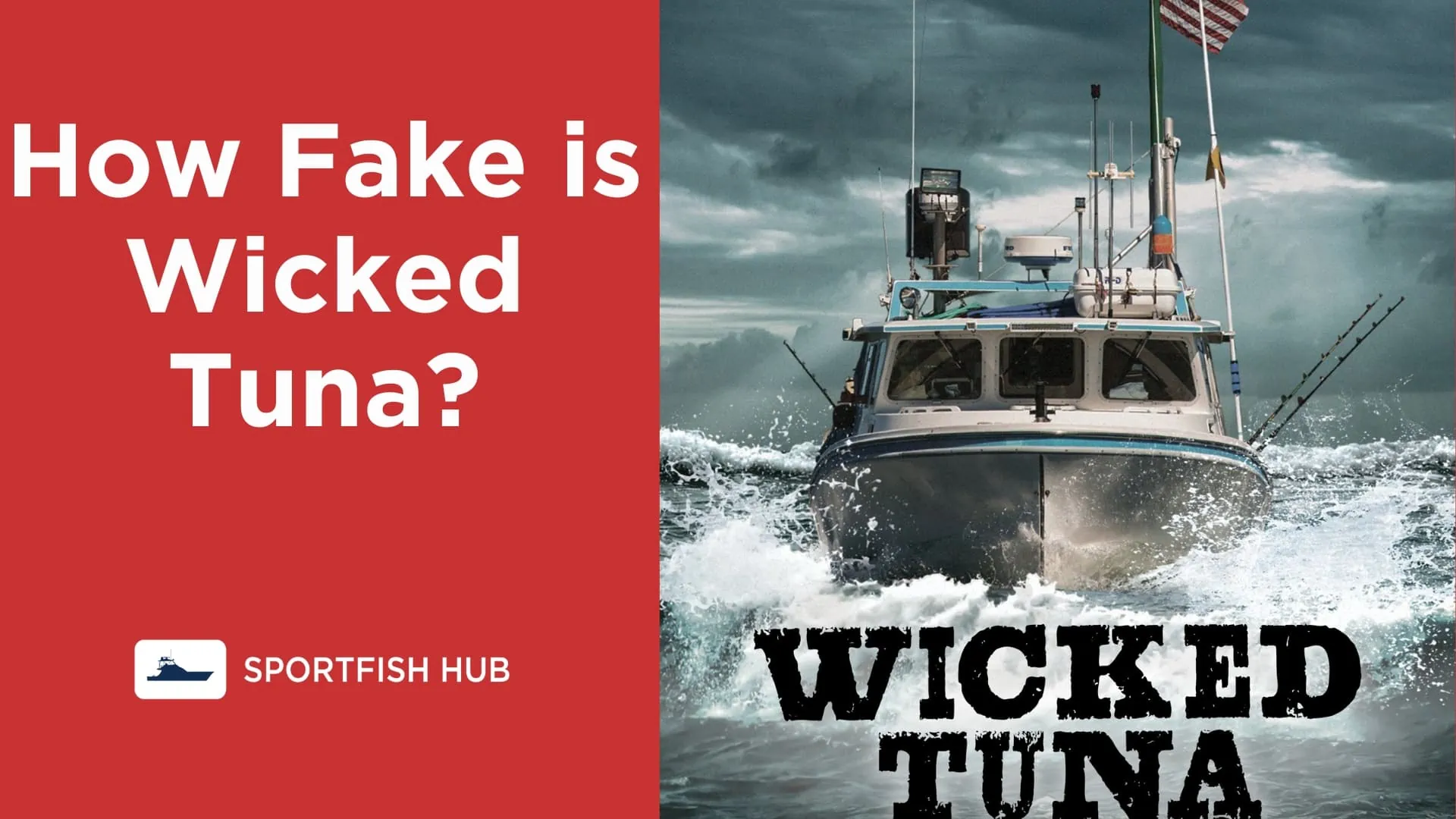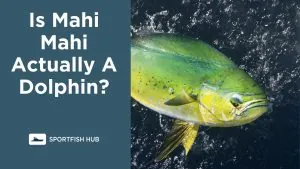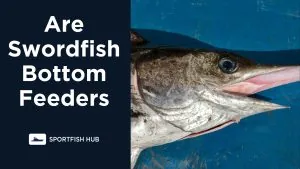Tuna are large, fast swimming fish that are highly sought after for their meat. There are several species of tuna including bluefin, yellowfin, bigeye, albacore, and skipjack. Tuna are found in temperate and tropical waters around the world. Here are some key facts about tuna:
- Tuna can grow quite large, with bluefin tuna capable of reaching 15 feet long and over 1,500 pounds! The largest tuna ever caught was a Pacific bluefin that weighed 1,496 pounds.
- Tuna are apex predators and eat a variety of fish, crustaceans, and squid. Their diet can vary based on location and species.
- Tuna undertake impressive migrations crossing entire oceans. For example, Pacific bluefin tuna migrate from their spawning grounds near Japan all the way to the west coast of North America.
- Tuna are able to maintain their body temperature higher than the surrounding water, allowing them to thrive in colder waters. This is part of why they are so widely distributed.
- Tuna have very high aerobic capabilities and a unique circulatory system to deliver oxygen throughout their body. Their muscles are dark red because they contain large quantities of oxygen-storing myoglobin.
- Tuna fisheries employ various techniques to catch tuna including longline, purse seine, pole and line, and trawling methods. Approximately 7 million tons of tuna are caught globally each year.
- The majority of tuna caught is processed for canned tuna. Canned light meat tuna like skipjack and albacore makes up the bulk of production. Tuna for sashimi makes up a smaller but highly valuable portion of the catch.
- Several tuna species are overfished and face threats from overharvesting. Organizations like the International Seafood Sustainability Foundation work to promote sustainable tuna fishing practices.
Here is a quick summary of key tuna facts:
| Tuna Species | Maximum Size | Unique Attributes |
|---|---|---|
| Bluefin | 15 feet, 1,500 pounds | Highly migratory, high fat content |
| Yellowfin | 6 feet, 450 pounds | Tropical distribution, bright yellow fins |
| Albacore | 5 feet, 250 pounds | Temperate oceans, high demand for canned tuna |
| Bigeye | 6 feet, 400 pounds | Deeper dwelling, large eyes for low light |
| Skipjack | 4 feet, 110 pounds | Fast growing, makes up bulk of canned tuna |
Be sure to explore the other in-depth articles on tuna species, fishing techniques, cuisine, and more on Sportfish Hub.
Can Dogs Eat Tuna? The Benefits and Risks
Yes, dogs can safely eat tuna in moderation as an occasional treat. Tuna is a good source of protein, omega-3…
Hamachi Fish- A Prized Fish for Sashimi and Sushi
Hamachi, commonly known as yellowtail, ranks high on the list of go-to fish for sushi and sashimi lovers, right after…
Tuna Sashimi: A Guide to Preparing Raw Tuna
Sashimi highlights the pure, fresh flavor of the fish. This article provides tips on selecting, cutting, and serving tuna sashimi….
What Does Bad Tuna Taste Like
Consuming spoiled tuna can make you sick. But what does bad tuna taste like? Here’s what to watch out for…
What Eats Tuna Fish
Tuna are strong, fast predators that sit near the top of the ocean’s food chain. But even these powerful fish…
How Fake is Wicked Tuna
But over the years many viewers have questioned just how real Wicked Tuna actually is. Reality shows are often accused…
What Does Tuna Taste Like
But what does tuna taste like? Here is a complete guide to the flavor of different tuna types and how…
What is the Highest Temperature Allowed for Cold Holding Tuna Salad
Proper cold holding temperature is crucial for keeping tuna salad safe to eat and preventing bacterial growth….




